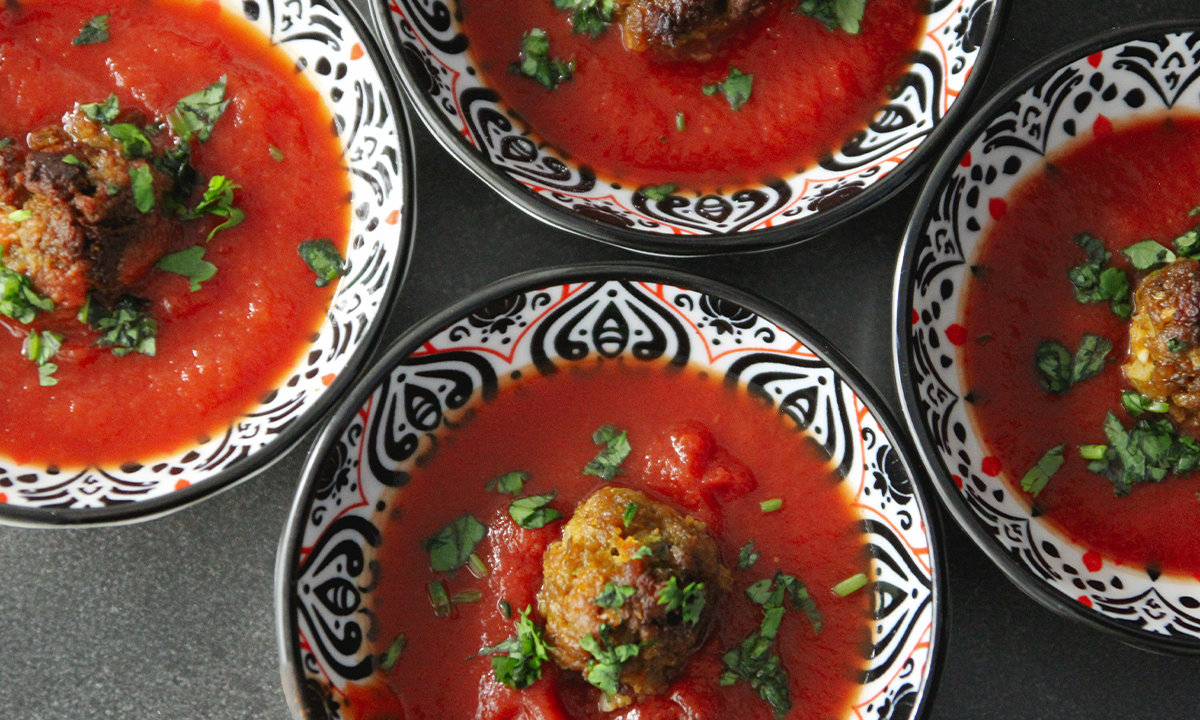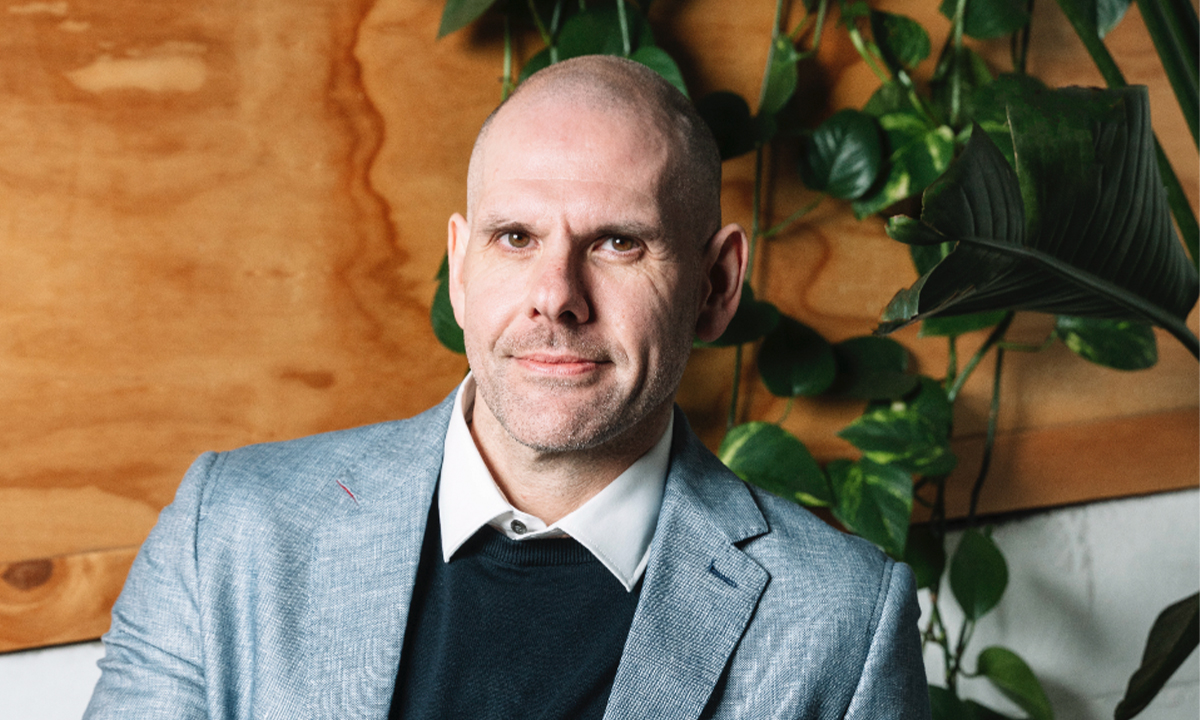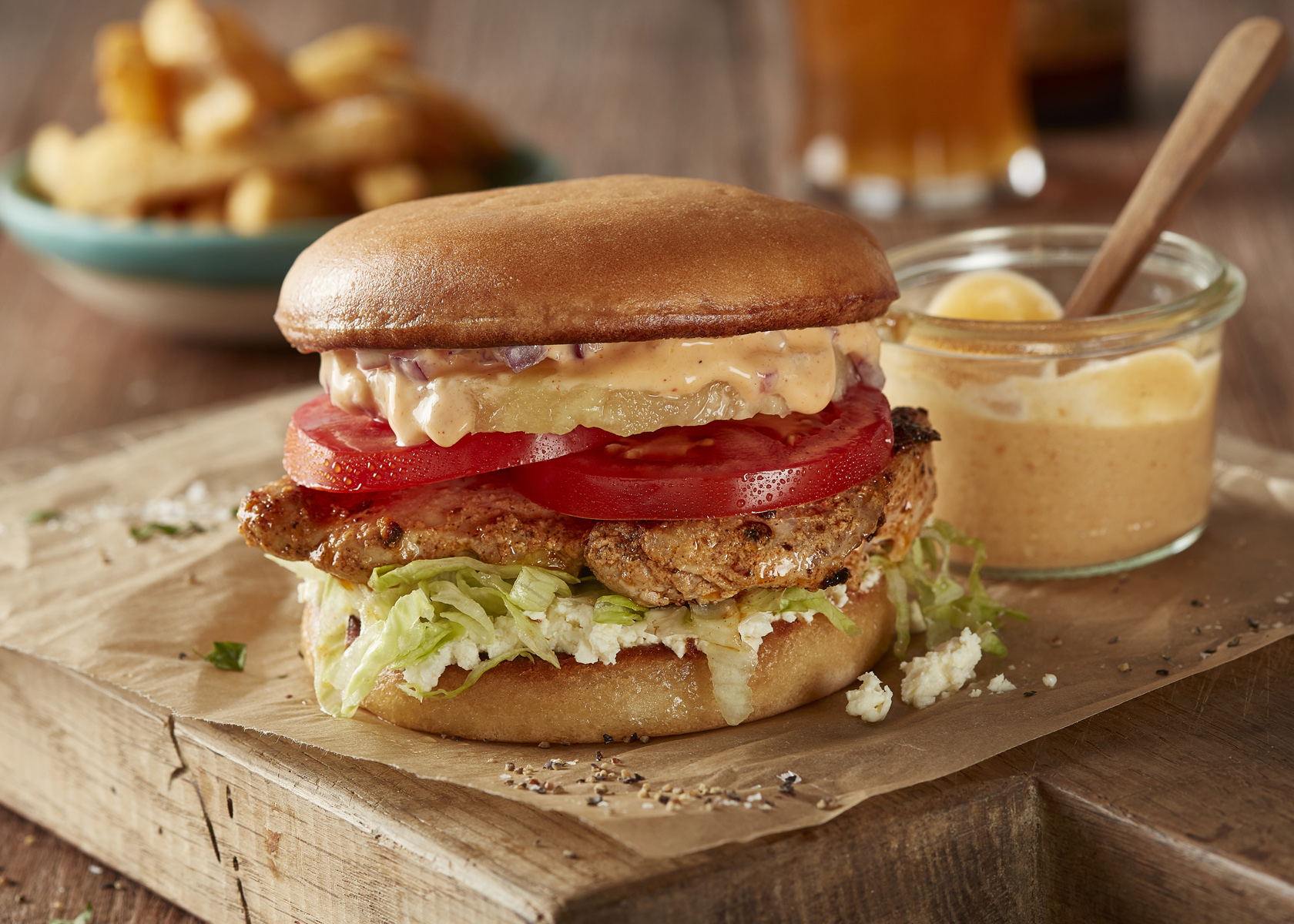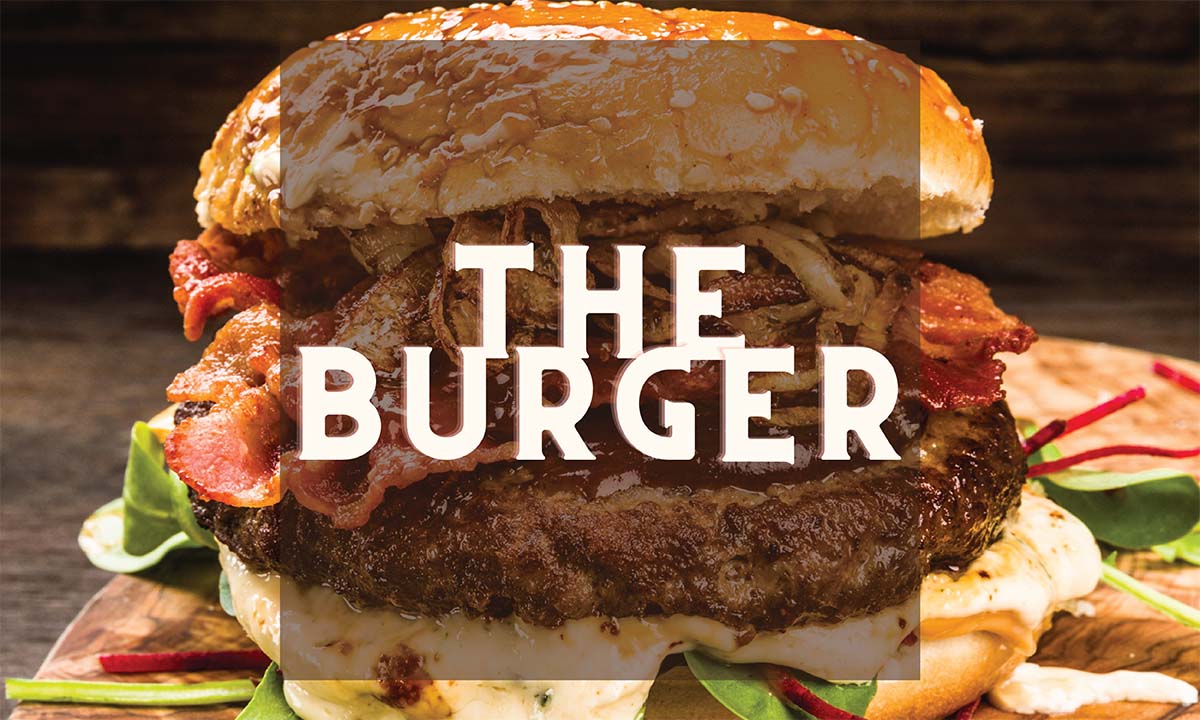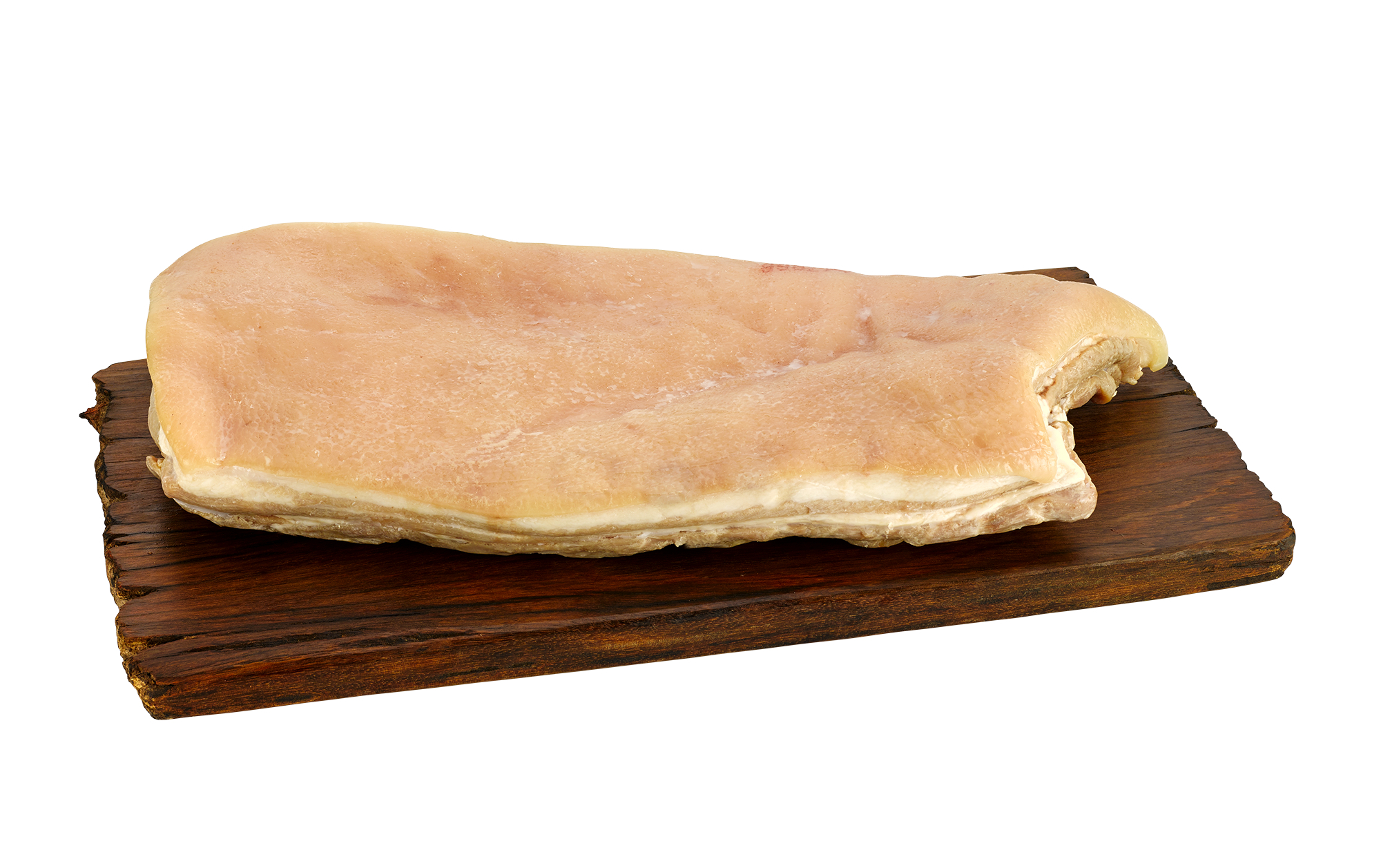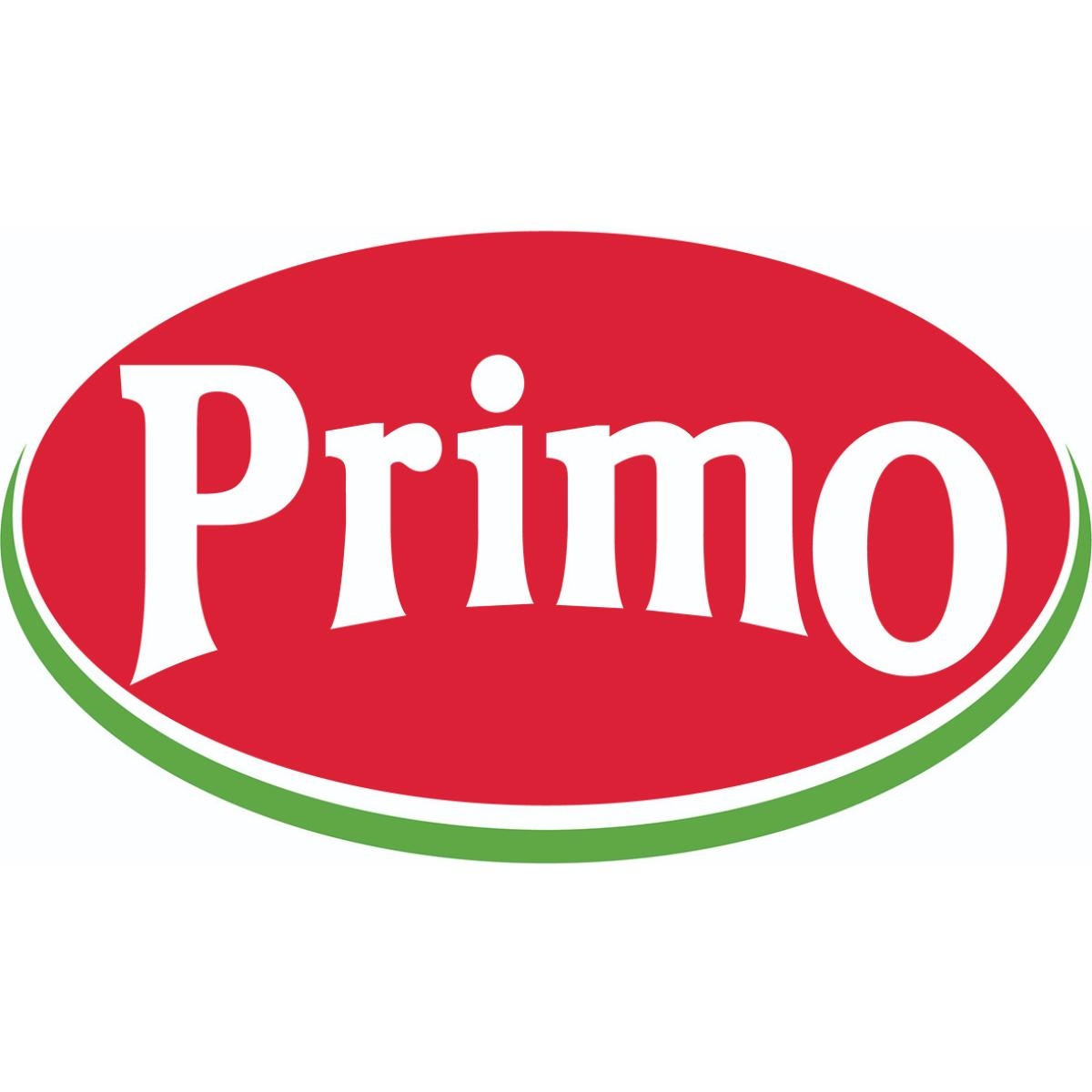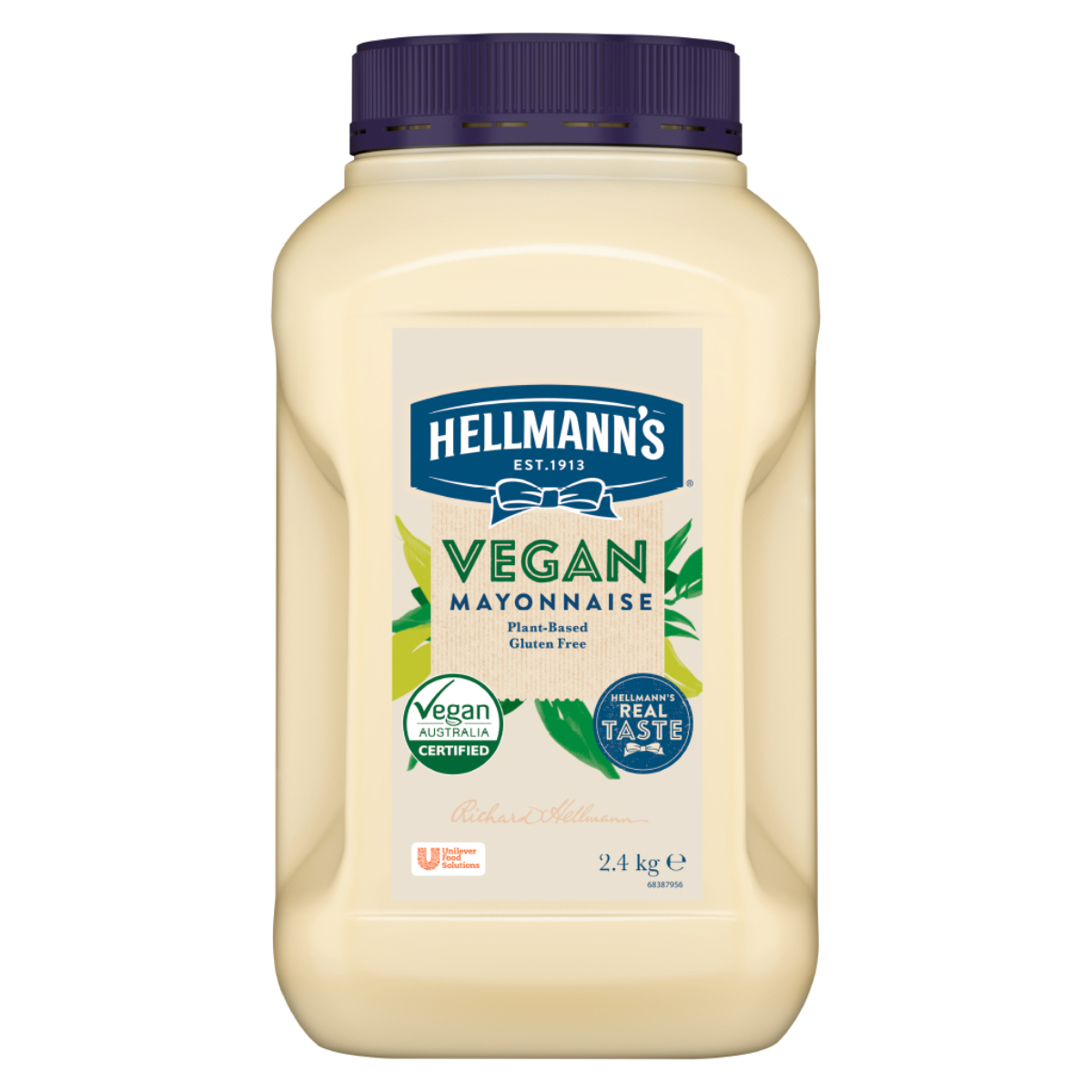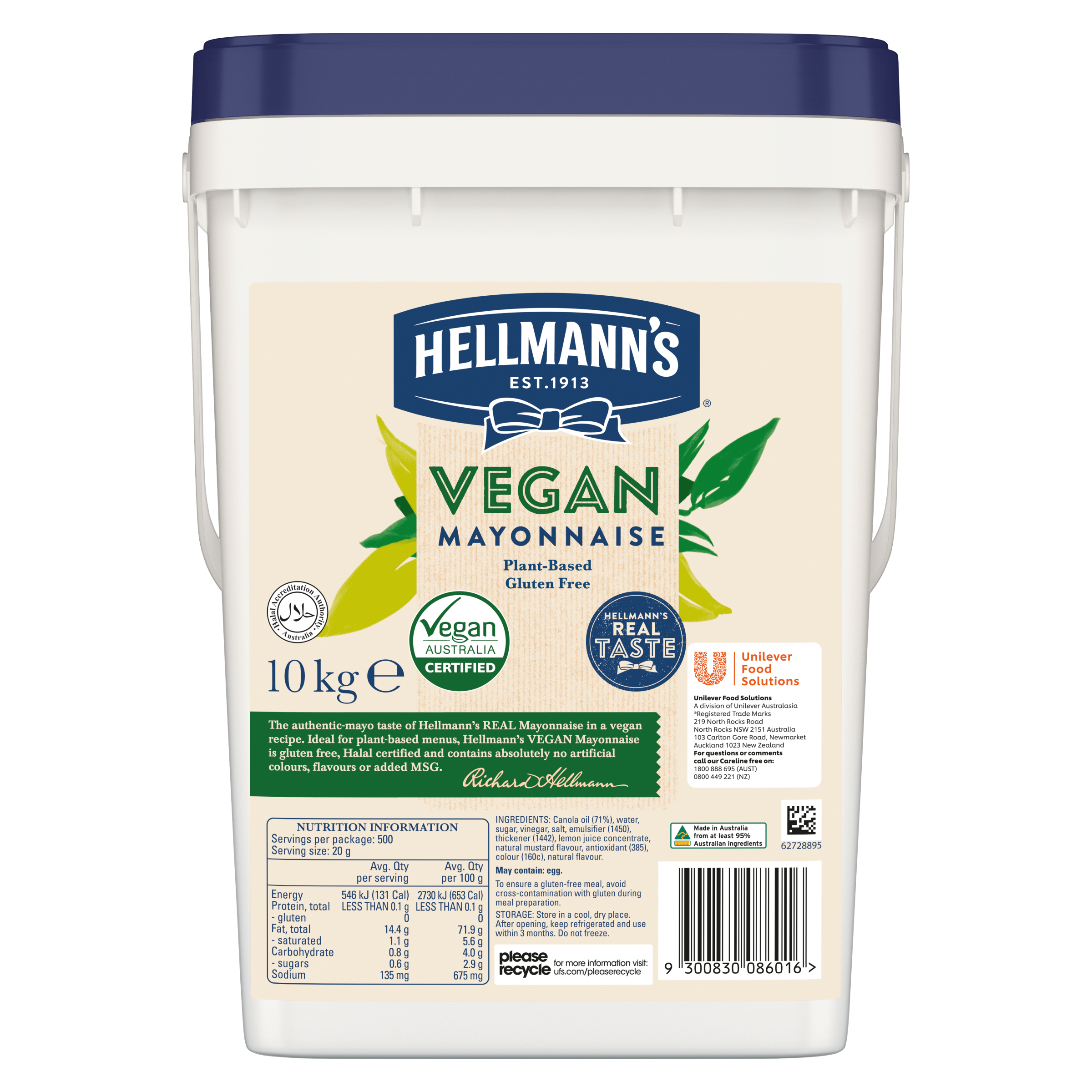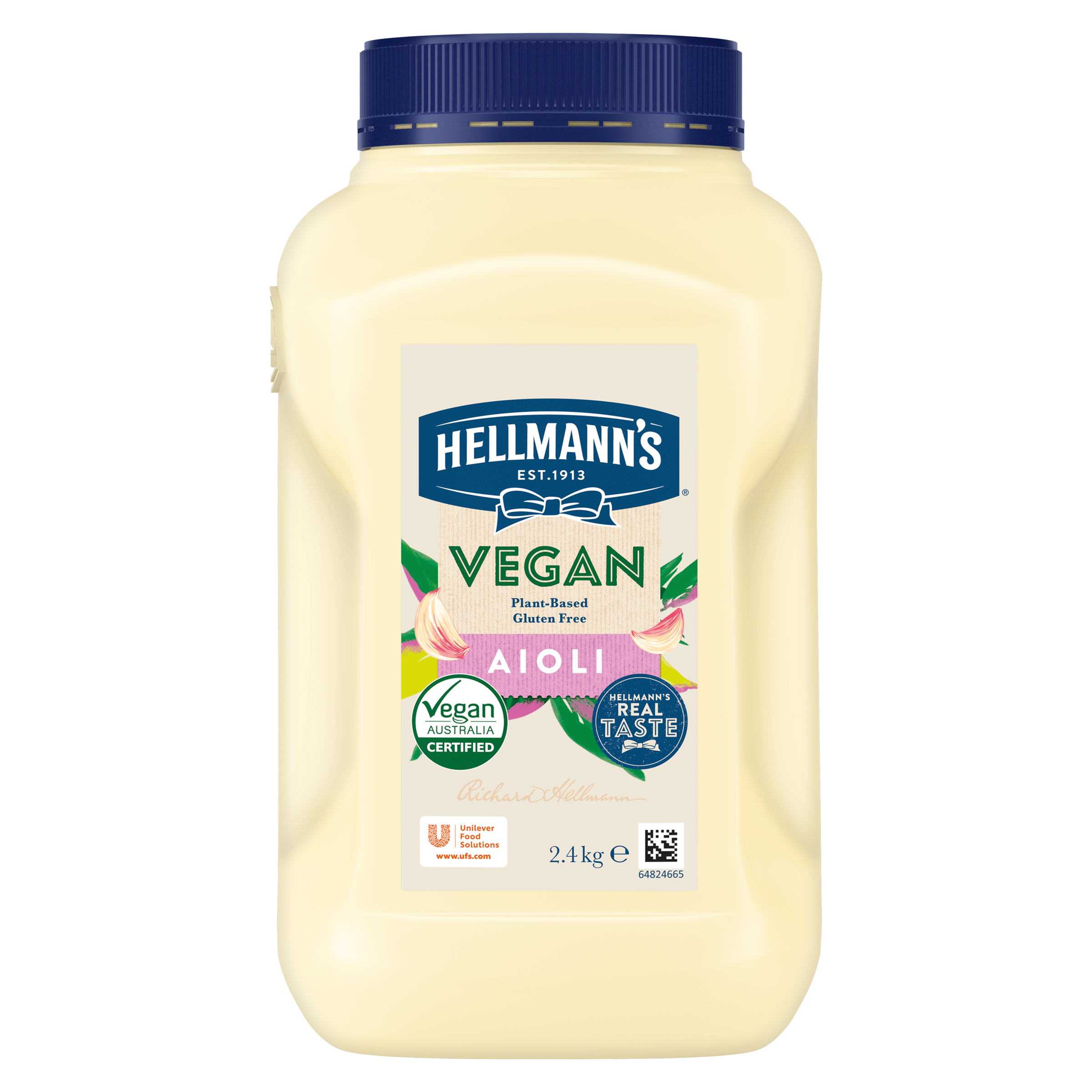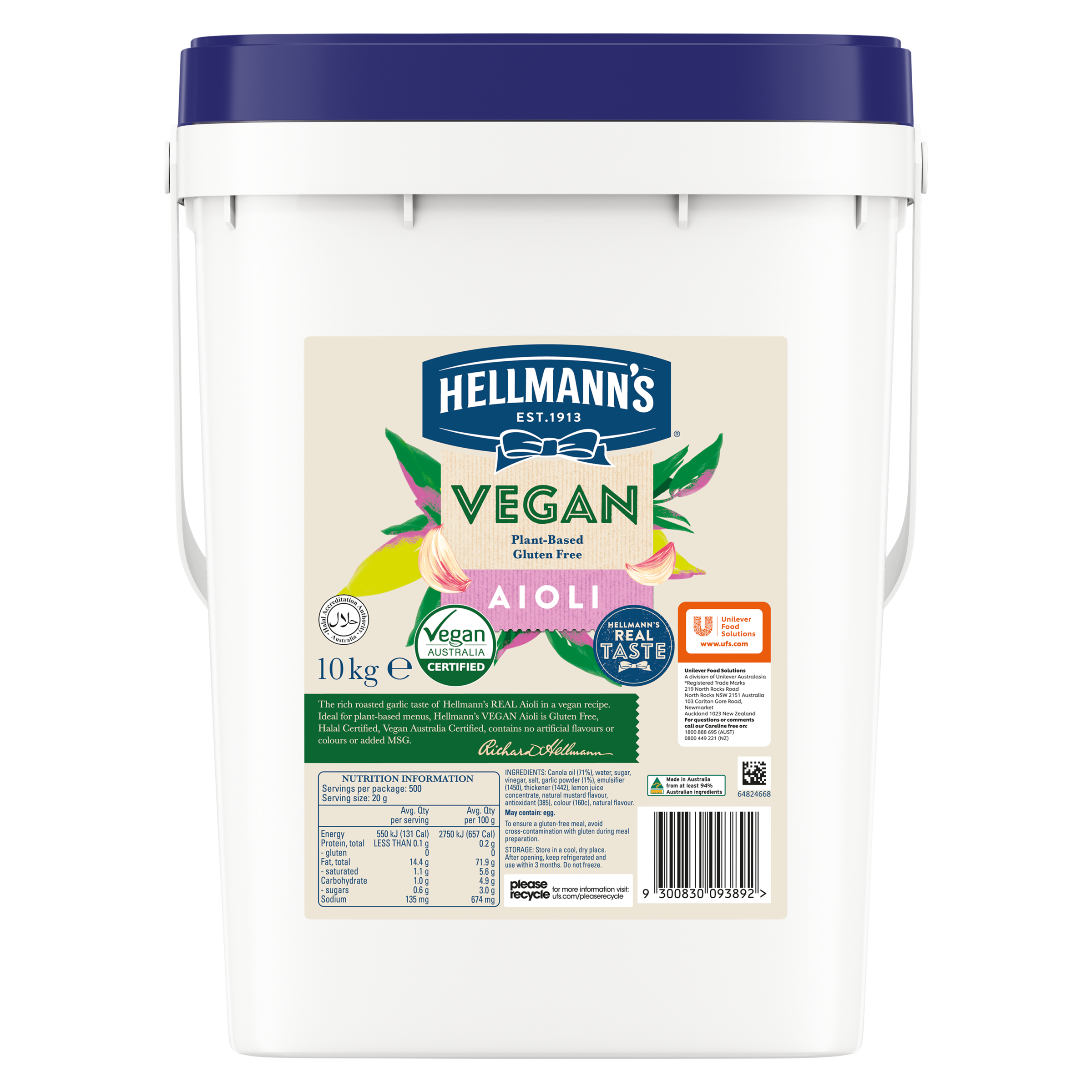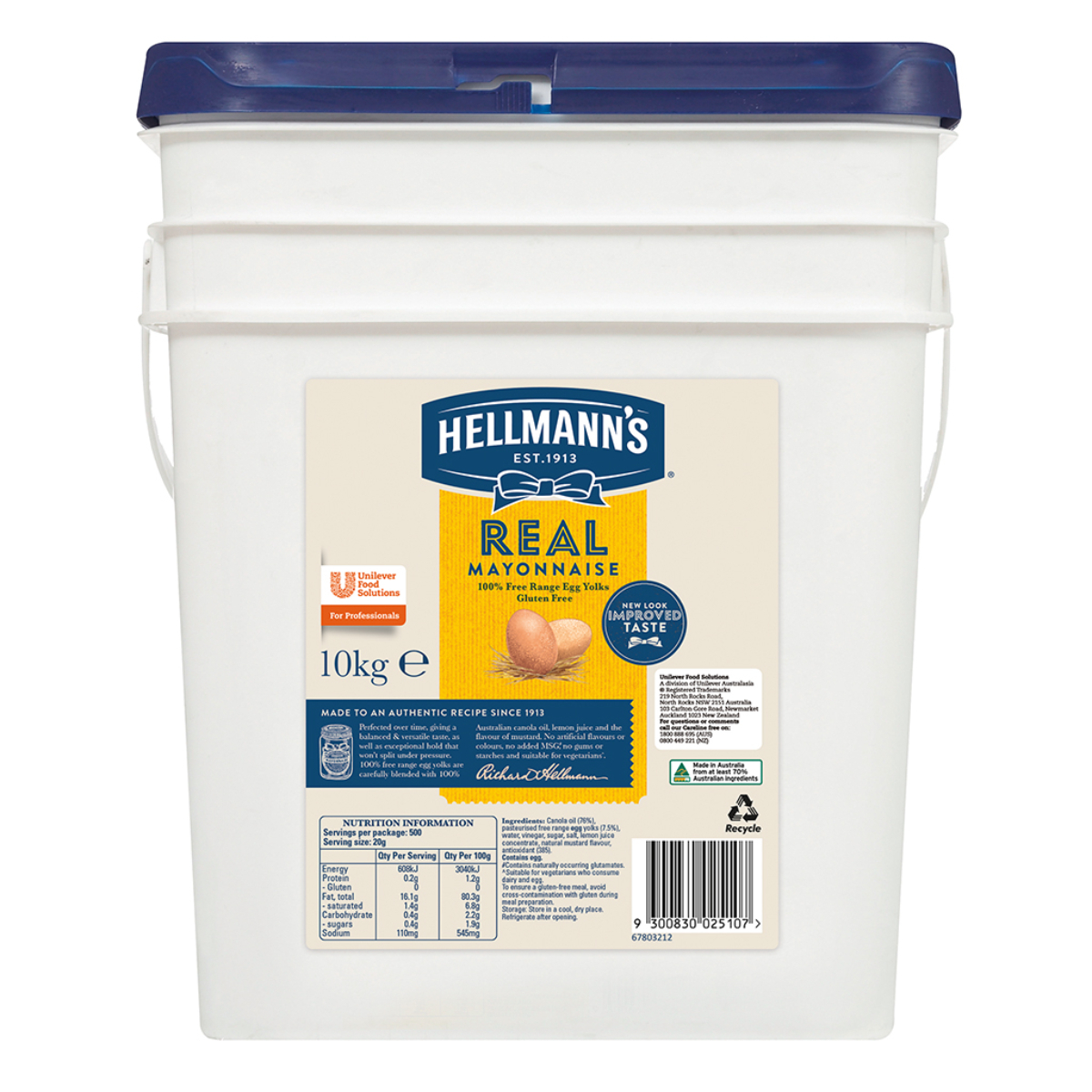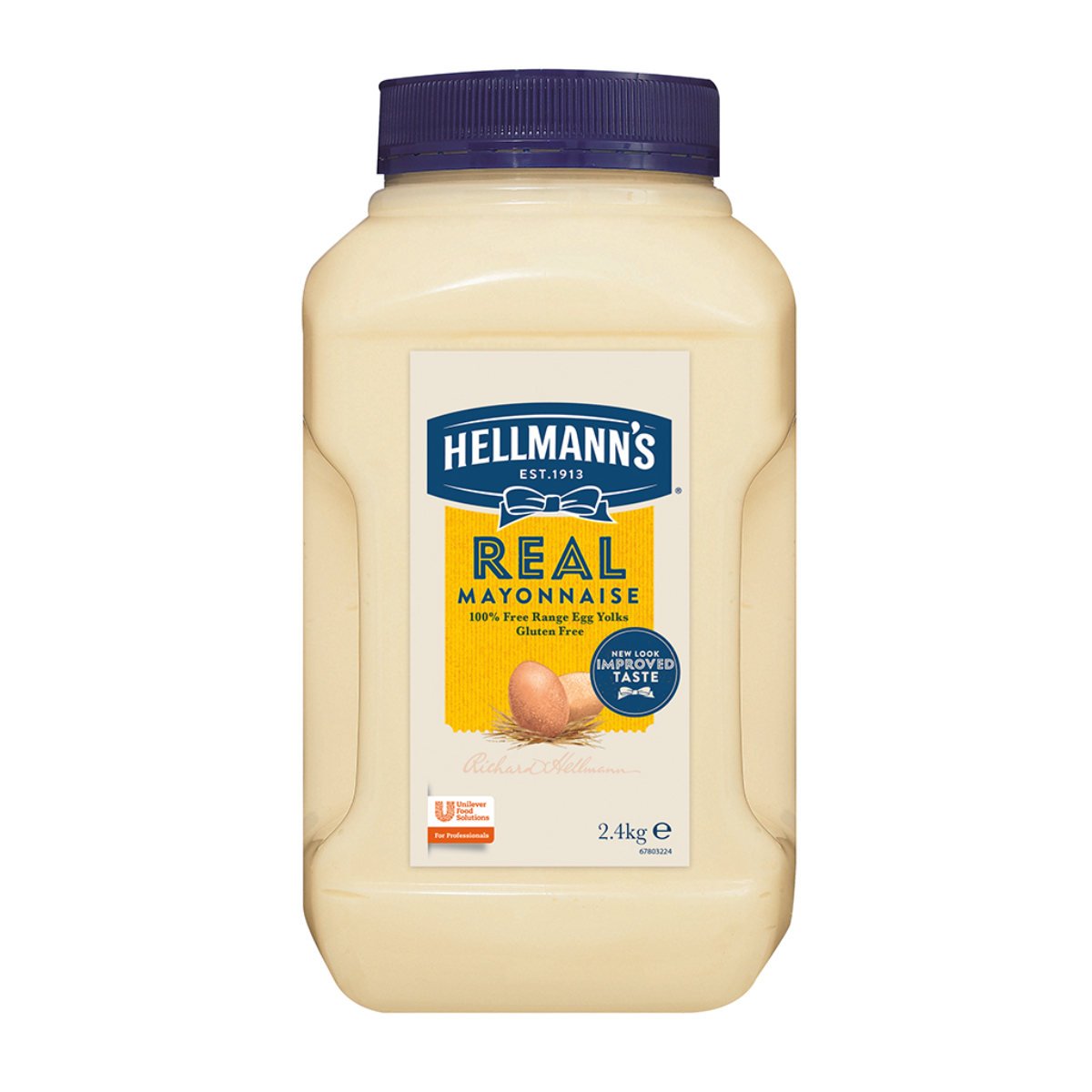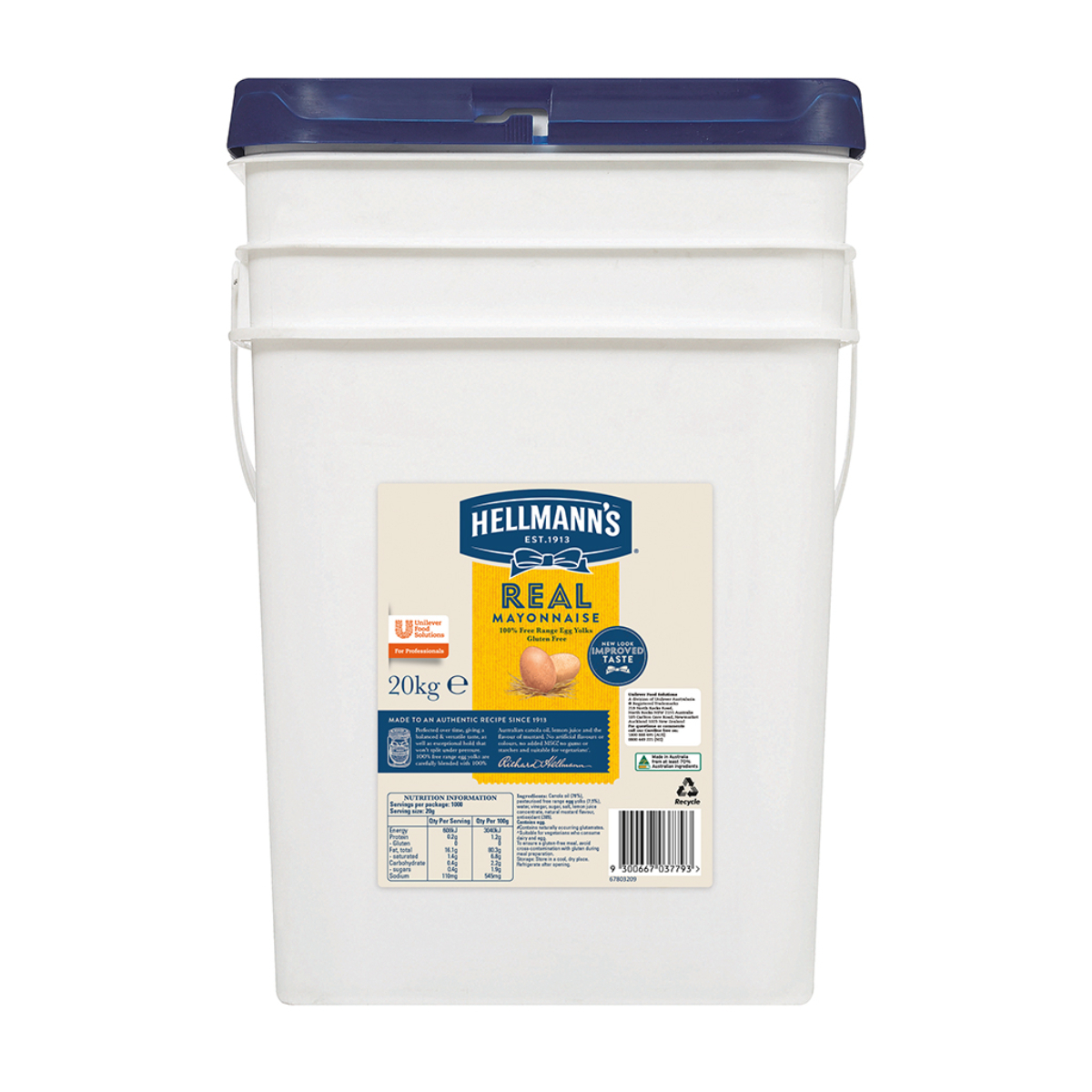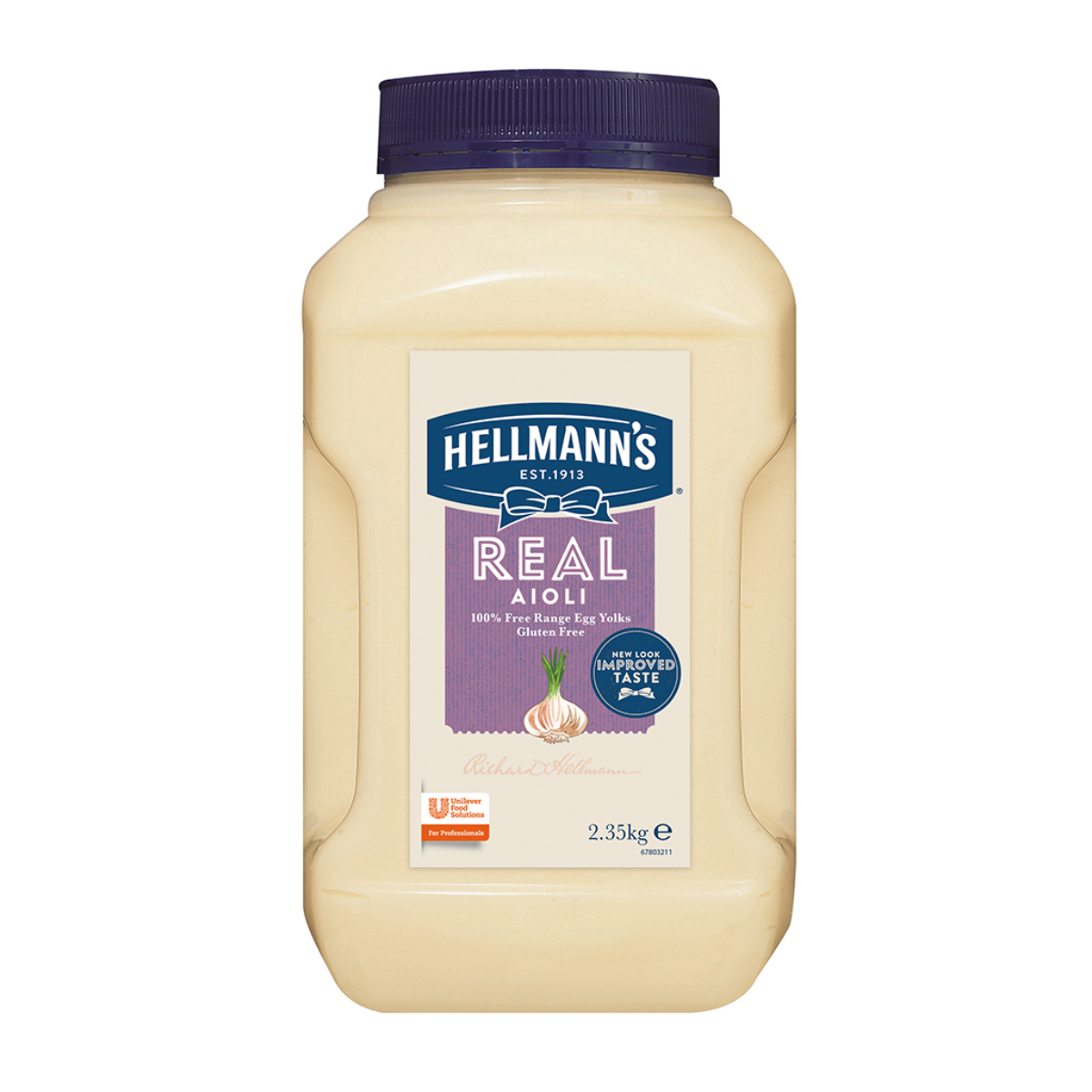In 1931 Winston Churchill is credited as saying, “We shall escape the absurdity of growing a whole chicken in order to eat the breast or wing, by growing these parts separately under a suitable medium”. Ninety-three years later, and it looks as though Australians will have scientifically cultivated, ethically produced and cruelty-free meat available for consumption as early as next year in restaurants, with retail product to follow, as Food Standards Australia and New Zealand (FSANZ) have cleared the first cultured meat products safe for consumption.
Living in the future
It sounds like science fiction, but a simple explanation of cellular agriculture is that cells are harvested from a living animal and directed to grow into the desired cell types needed for meat production. Harvesting of original cells only needs to happen once for ongoing production. The cells are cultured with various mediums and grown exclusively as individual types (fat, muscle, etc.), which can then be combined to create meat products composed of those various cells. For example, muscle cells and fat cells can be combined into mince to create the right balance. While that’s a very simplified explanation, it’s essentially what happens.
Benefits cited include cruelty-free production, potential for lower greenhouse emissions and water consumption, sterile food-safe environments, potential to secure reliable supply chains and food sovereignty, and the development of specific nutrient profiles. The possible applications are astonishing.
“We’re living in the future now, it’s happening and it’s amazing,” says chef and culinary educator Adam Moore, who has been involved with the development of cultivated meat – or cellular agriculture – since its early days in Australia and advises it’s come a long way, with huge leaps in the last two years in taste and texture. And while those first forays saw a burger cost an unsustainable $300,000 to produce roughly ten years ago, advancing technology and potential scalability means cultivated meat is becoming a viable option.
Cooking with cultured meat
“Originally, it didn’t cook like meat. It lacked the Maillard reaction, it didn’t sear or melt or react,” Moore tells InSeason. “But now it’s starting to respond better. Mince for dumplings cooks well and doesn’t go too firm or soft, it’s performing much better now.”
The chef says that products are currently of the ‘unstructured’ meat variety, including mince, pâté and foie gras-style options. He suggests that in, a blind tasting, it’s now virtually impossible to tell the difference between cultured and traditionally grown mince products. That said, research into culturing specific cuts of meat is ongoing and more complex products like a cultured steak may be 5–10 years down the line.
Meat that’s same same, but different
So, who is doing cultured meat really well? Well, that depends on what you’re looking for.
“We’re currently the only company in the world selling cultured meat,” says Nicholas Chilton, Head of Government Affairs at Vow, the Sydney company bringing cultured meat products to the world under their Forged brand. “We’re selling in Singapore, and we’re the third company to have sold a cultured meat product globally,” he says.
Vow launched their Forged quail parfait at Singapore’s Mandala Club (showcased in dishes including a Wagyu sando), and they now have it on the menu at the Tippling Club, where chef Ryan Clift is working with it in a signature menu. Vow is aiming to follow with Australian restaurants once the FSANZ process has been finalised later this year.
Chilton says that Vow was able to perfect their quail parfait product because they weren’t trying to replicate an easily available traditional product. Rather, they opted for a luxury item that was familiar to chefs and consumers, but different enough to have a curiosity factor, making it a perfect point of difference on a menu – and for launching into the luxury space.
Chilton is clear that Vow is not trying to displace traditional farming, rather they’re offering a product that can sit side-by-side with existing products, broadening options for diners and creating something new.
Spot the difference
For Magic Valley, however, the mission is about offering an altern sed in Melbourne. “One is a cultivated lamb mince and one is a cultivated pork mince, and o ative. “We’ve created two mincemeat products,” says Paul Bevan, CEO of Magic Valley, babviously that’s quite flexible. We can create burgers, meatballs, tacos, wontons, dumplings, whatever you can turn mince into.”
The goal here is a familiar product that’s readily available to consumers and the food industry in the future. They lean into the ethical and environmental potential.
“We want it to be widely available so that the consumer can become aware of it, rather than a limited, exclusive product. We want everyone to access it.”
While cultivated meat isn’t vegan or vegetarian, it does create a new offering that overcomes animal welfare issues as well as environmental concerns.
“We see, from the research we’ve done, that the demographics most interested in cultivated meats are the 16–24-year-old age bracket. Awareness around the ethics and the sustainability of their food choices is highly important to them,” he says. Magic Valley also aims for consistency in supply, price and quality, believing that all three can be addressed by cultivated meat.
Where do we go from here
But with all the possibilities, this doesn’t mean an end to traditional farming. Rather, it’s the potential to take pressure off current methods of production.
“Everything is going to have a space, and sustainability is a key factor for the future,” says Moore. “In 2050 we’re going to have 10 billion people on the planet, how do we feed that population? When we think about it, insects will probably be 1–2% of what we eat and plant-based will likely be 15–20% of what we consume. Cellular agriculture is still an unknown but could be as high as 20% or more. We’ll still have traditional meat in there, [but] it’s going to be harder to get and more expensive. So, chefs need to look at all options that are on the table and think about it.”
Note: Cultured meat is currently not available for sale in Australia, but for more information about the products and their potential for your menu and taste-testing opportunities, reach out to Vow and Magic Valley.

